A Tour Around the Mountains in an Airbus Helicopters H125 B3: The Ultimate Workhorse
I mentioned in another piece the Media Day we attended at the Airbus Chile facilities, and there I mentioned that a part of the experience had to be told separately. And here we go, trying not to leave out any detail of a memorable day.
As a disclaimer: last year I flew in the Airbus H160, a formidable machine that amazed me with its comfort, technology, and having seen Paris from the air. It was an afternoon that will forever remain in my mind and heart. The Ecureuil then had a complex challenge: knowing this, I prepared to take this flight with as little bias as possible. And it worked.
It all started, as I said, about two weeks ago: before FIDAE, I received a message saying there would be a “nice activity” from Airbus on Friday the 5th. We had everything – well, everything: having 40% of the logistics of an event somewhat set up more than 15 days in advance was a new experience for us – somewhat prepared to arrive on the 8th, a day before the fair officially started. But it was a change of plans that I was pleased to make.
We have already delved into the details of the Media Day, so let’s focus on the flight: we waited on the terrace for the first group to return while watching the activity at Tobalaba, barely altered by Airbus’s preparations for the coming week (still cannot be shown but we will be able to tell something). When the CC-DHZ arrived at the platform the first group descended.
We went down and approached the helicopter after being authorized to cross a taxiway. There we were able to reach the H125 B3 from Rotortec, with its beautiful orange and black livery. With the helicopter powered off while we waited for the fuel truck to arrive, we could walk around it, take thousands of photos, and record a good amount of video.
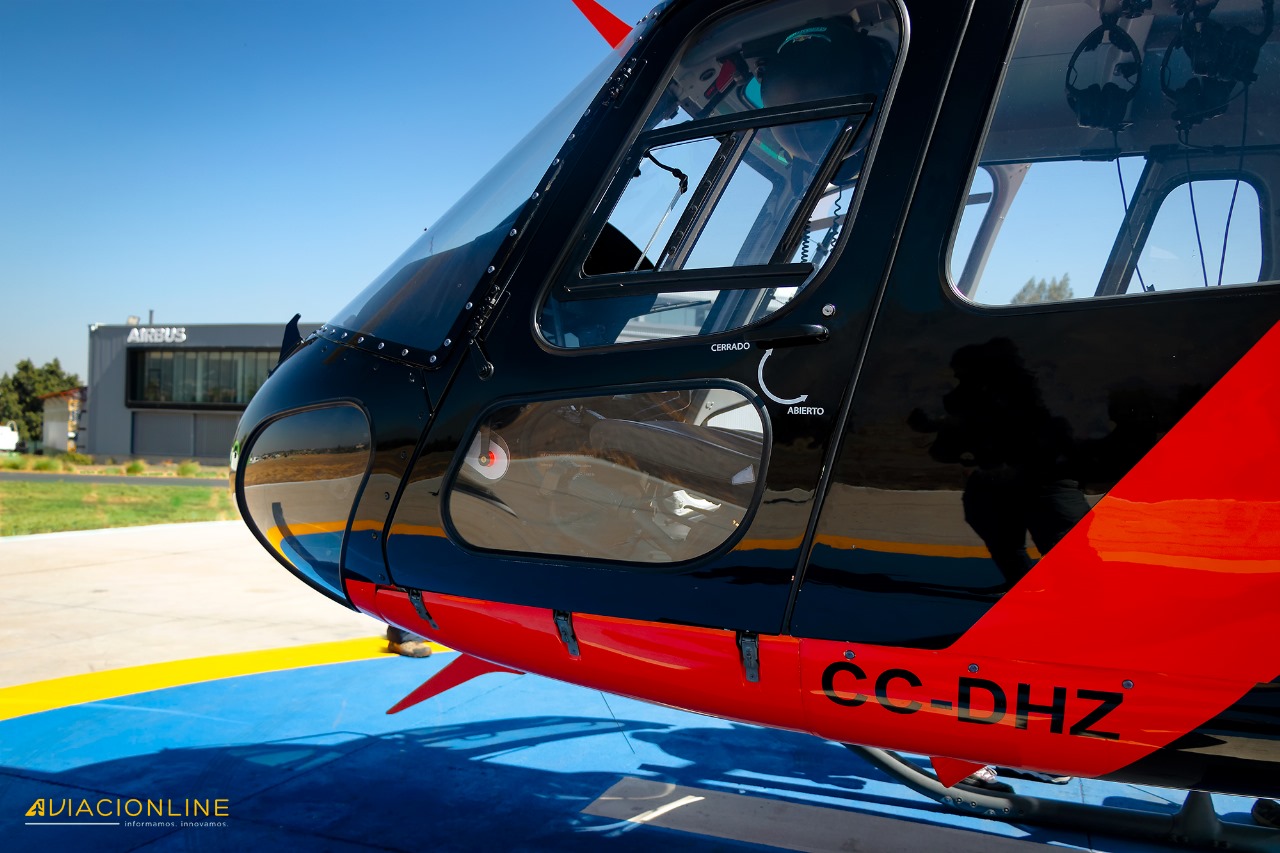
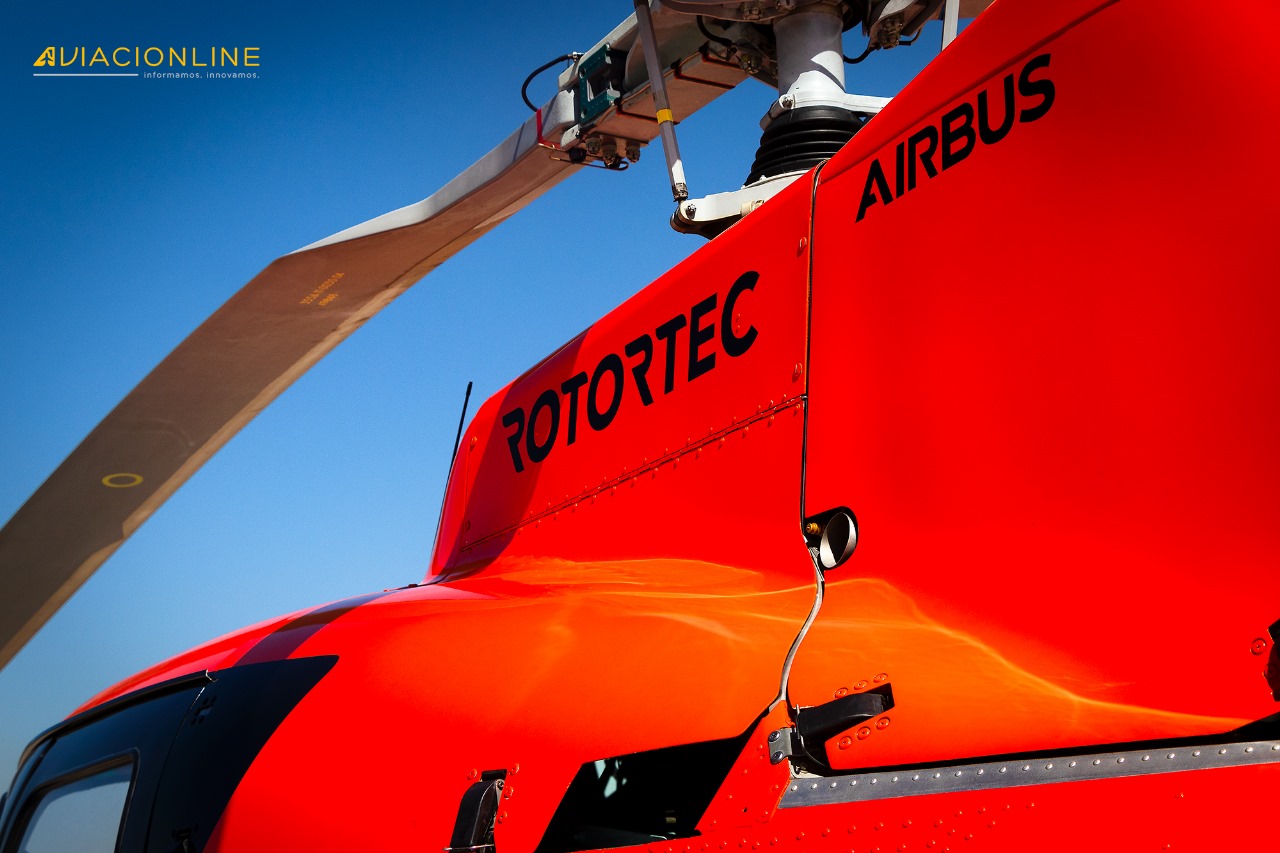
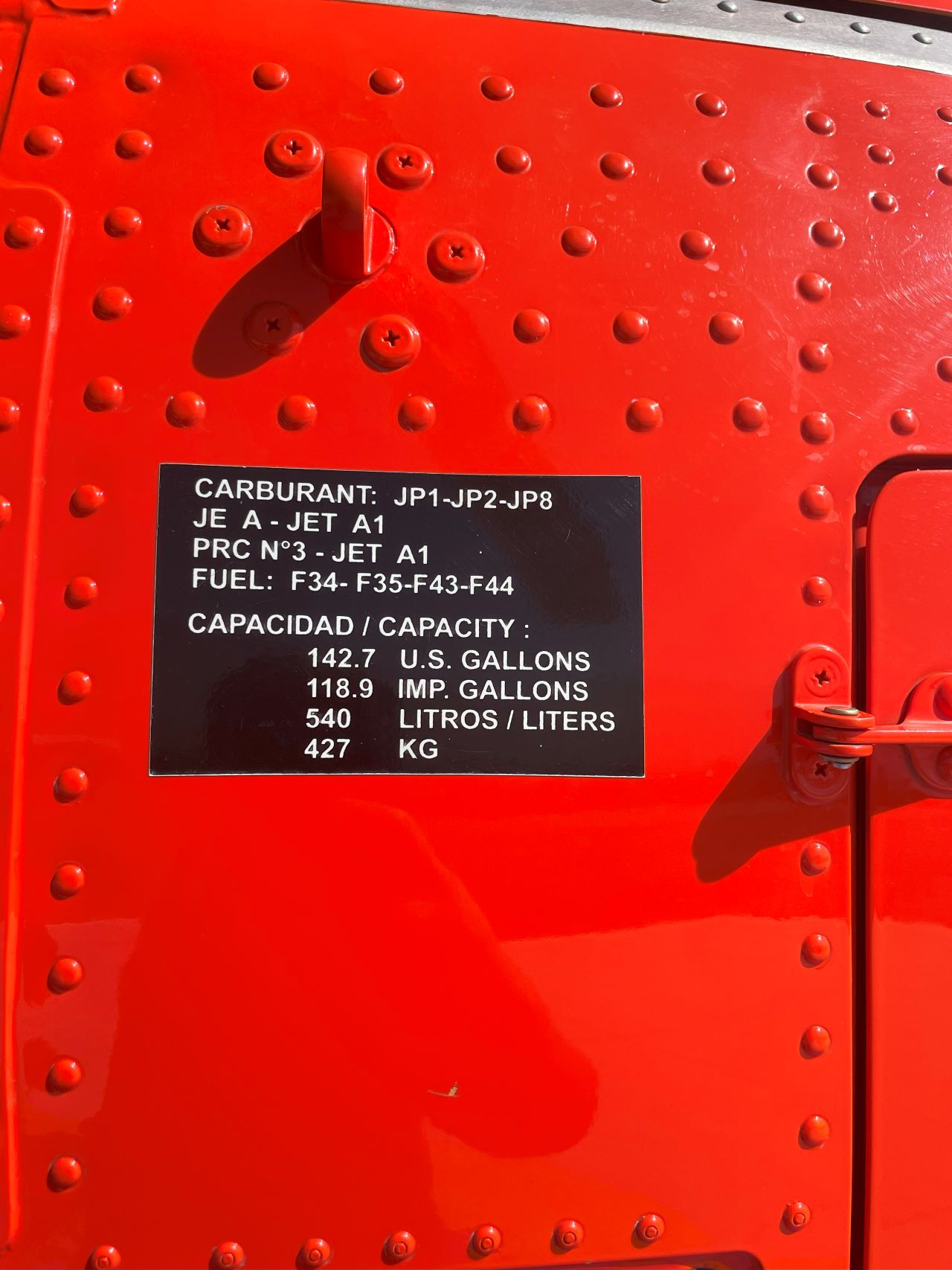
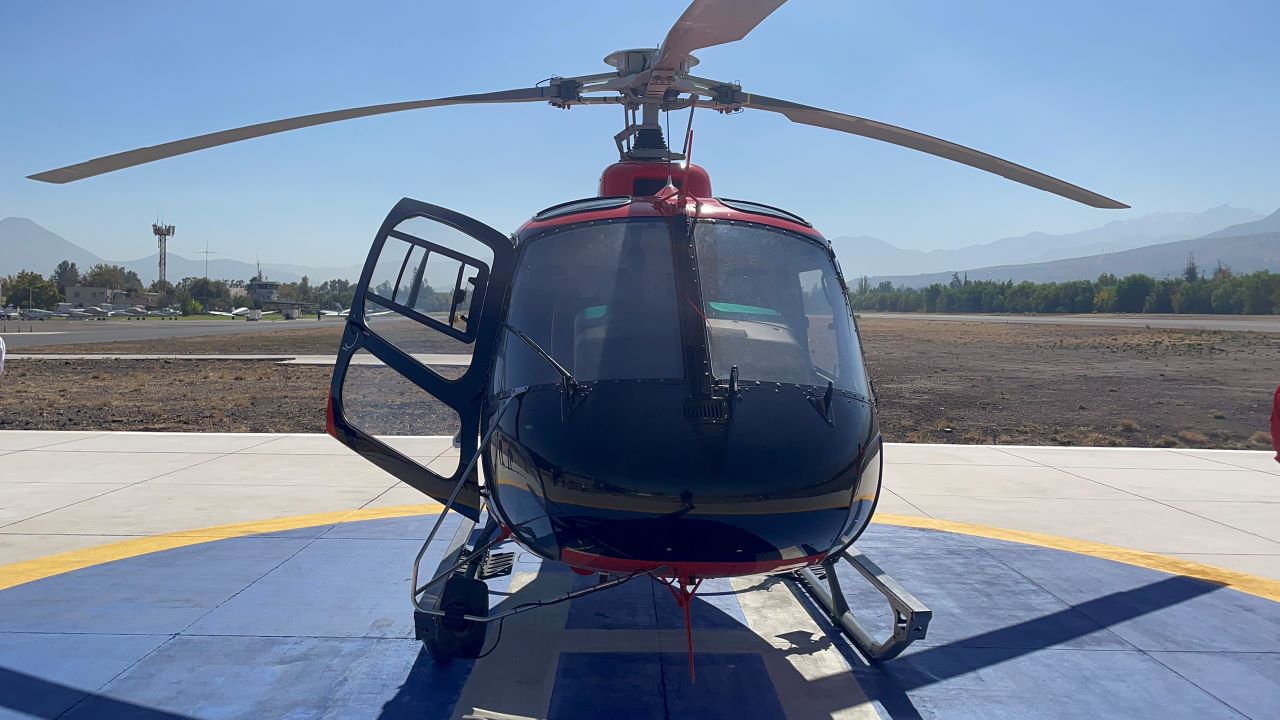
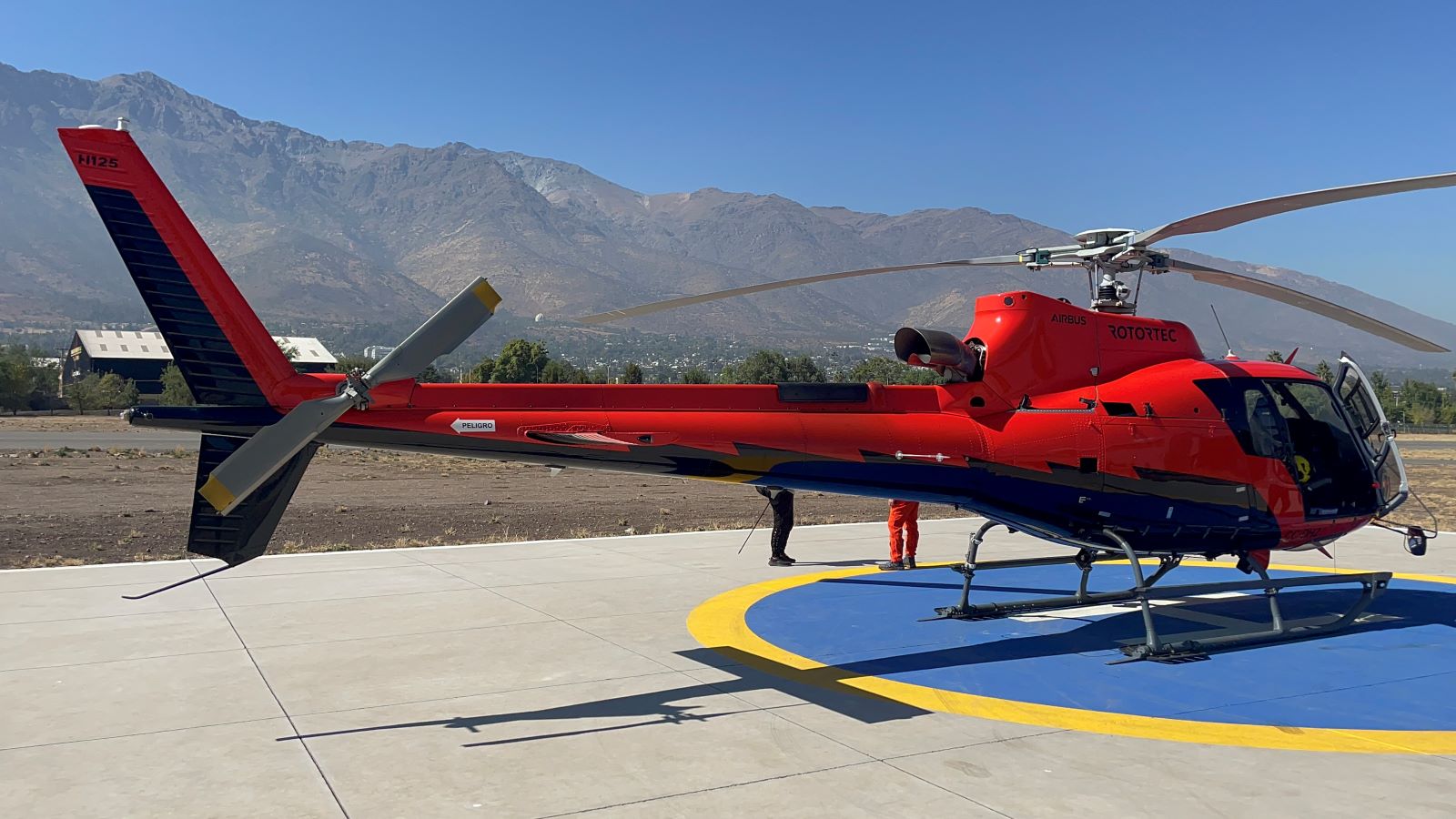
Once refueling was completed, the action began: we got on – with colleagues from AeroNaves – into the rear cabin, equipped with four inline seats. The tacit agreement was that the imaging people would go by the windows for better visibility, so I got the middle seat, where I could see the cockpit operation and the instruments well.
Anyway, the internal visibility of the H125 is fantastic, as I was able to observe the landscapes well and the upper windows give it very good interior lighting. The engine starts, the blades rotate, and we take off when it reaches the required power.
We took off aligned with the runway axis and climbed to gain altitude. The H125 proves to be fast and responsive at the same time. Its empty weight is 2900 kilos less than the H160, and it shows in its dynamic behavior: the 160 is a limousine that is powerful and elegant in movement. The 125 is a Humvee, a work vehicle that feels better the more challenging the environment.
The midday Friday sun allows for a clear view of Santiago from above with minimal smog, enabling clear views of the city landscapes. Soon, we headed for Farallones to fly over areas that would become ski resorts in winter. The helicopter flies joyfully while Felipe Verdugo, the Airbus pilot, tells us about its features: a technological marvel that, in its B3 version, incorporates systems that reduce even further the crew’s workload and assist in safe operation.
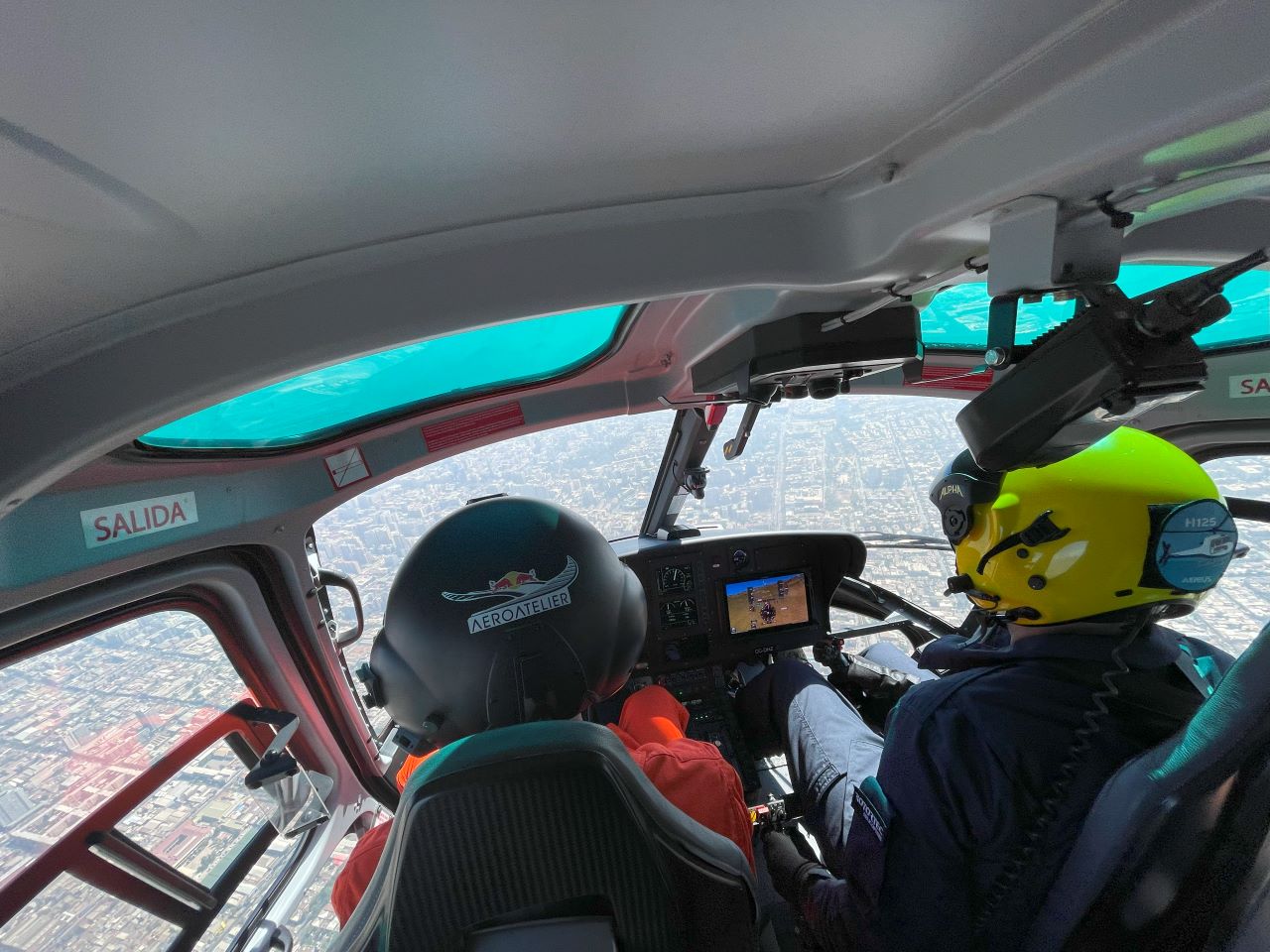
Compared to the H160, beyond the Helionix suite of the medium which allows operation with a single pilot, the flight profile of this light single-engine requires more control. Still, even so, the crew of two shows us that one can be occupied with the mission while the other controls the operation without issues.
In this particular flight, the mission is to entertain four folks who will later write about the matter, but nobody told the poor pilots that all the tasks they need to carry would be interesting.
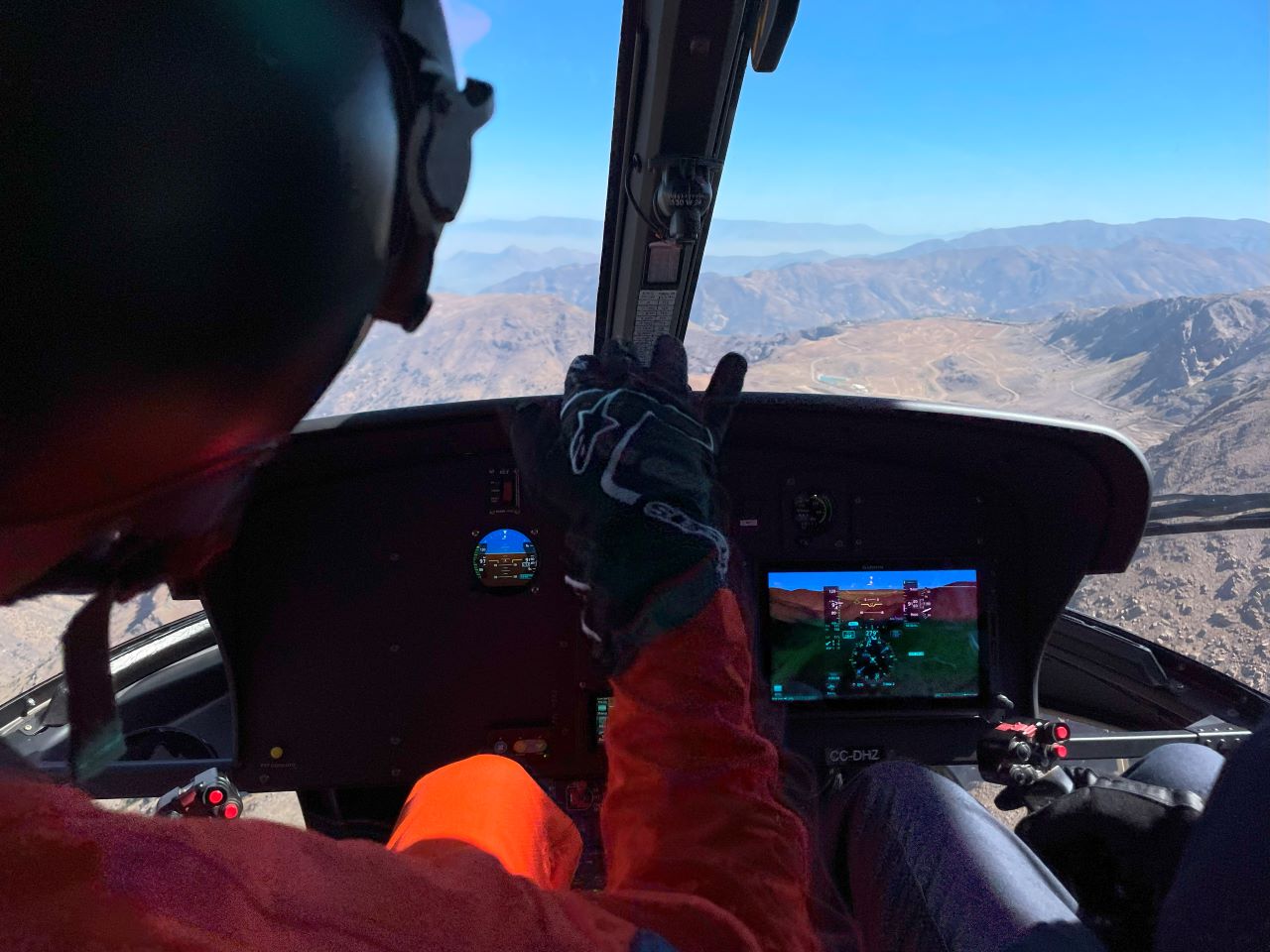
The landscapes take up much of our attention because few things are prettier than the mountains: getting close to them is a luxury and a dream come true, and touring them is a bonus I could only have imagined. And yet there we are, seeing it from the air. We head back over the city and land in Tobalaba.
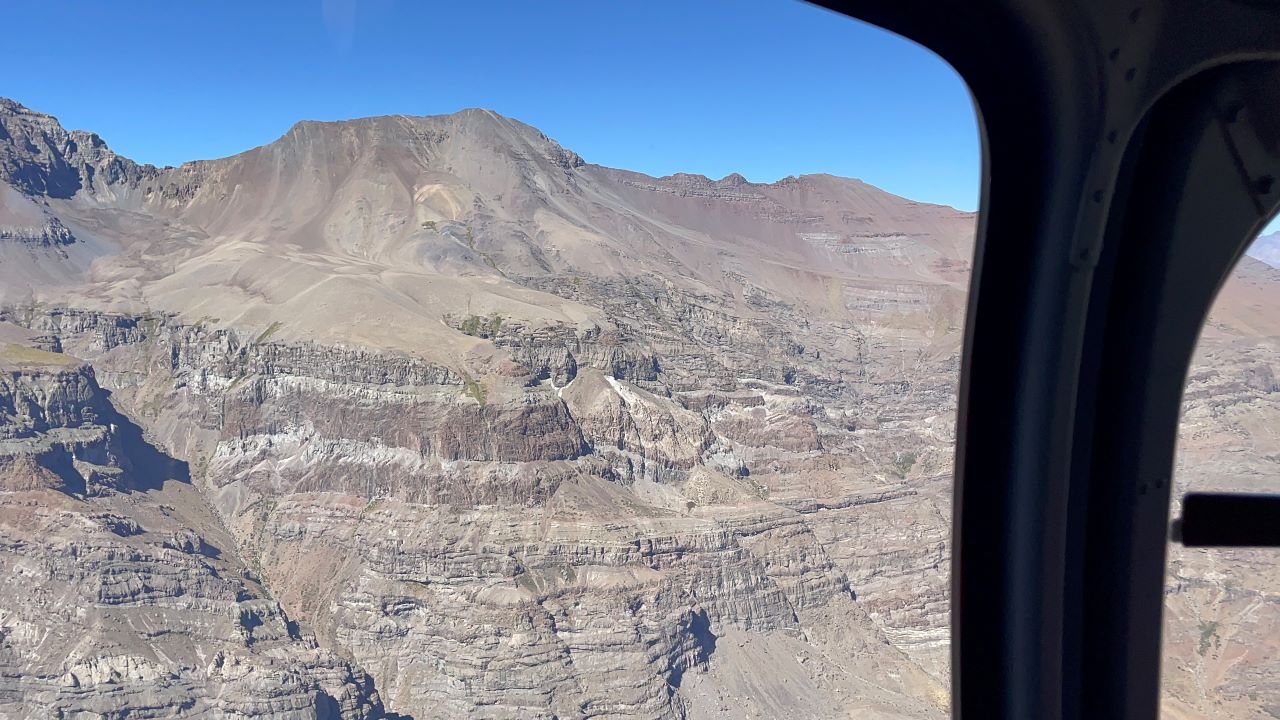
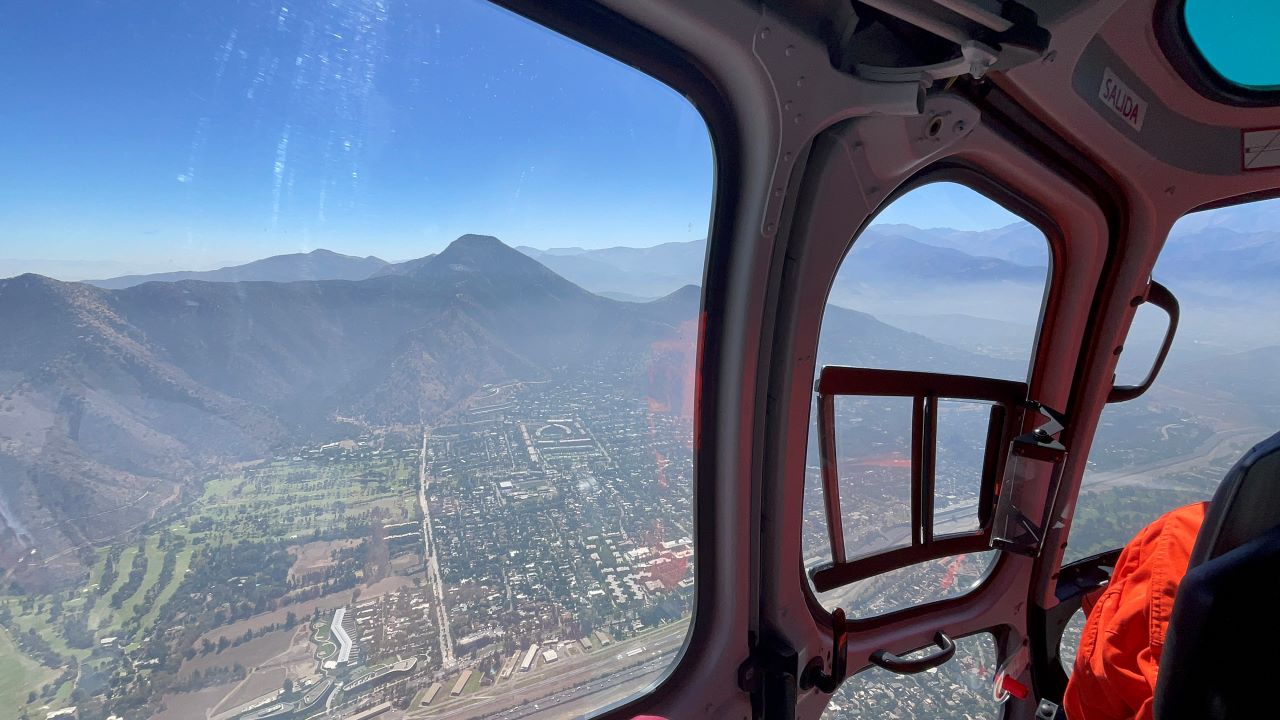
As a final detail, the 160 has retractable landing gear and rests on wheels, so I was not surprised by the smoothness of the ground contact. I wondered on the way back what landing in a helicopter with fixed landing gear would be like, and if you ask me, I’m still waiting for the harsh contact with the ground: it never happened. The landing was absolutely imperceptible as the helicopter behaved like a feather, and Verdugo’s wrist is absolutely remarkable.
The H125 recently reached a milestone by completing 40 million flight hours; to that record, I can say I added one. We leave Airbus Chile fascinated with the experience: for our cameraman Gustavo Roe, it was his first helicopter trip, and his mind still hasn’t landed almost 24 hours after the flight when I’m writing this. In my case, I am convinced there is no winner in the comparison because they are completely different machines and profiles catering to specific needs.
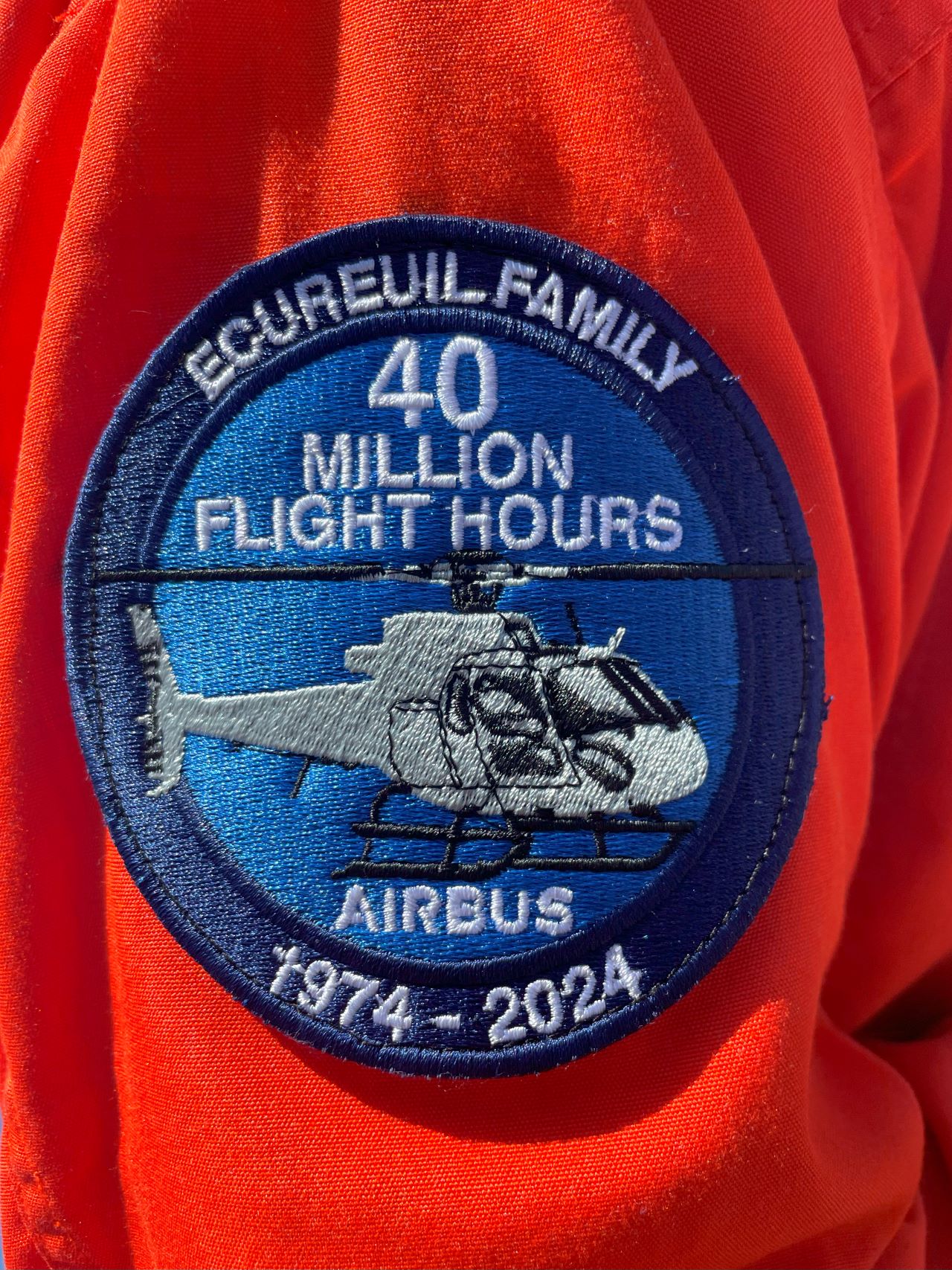
The H160 is a luxury car and I can’t wait to get on one again. The H125 is the ultimate work helicopter. And I can’t wait to fly in it again.

/https://aviacionlinecdn.eleco.com.ar/media/2024/04/WhatsApp-Image-2024-04-06-at-15.41.28-1.jpeg)
Para comentar, debés estar registradoPor favor, iniciá sesión